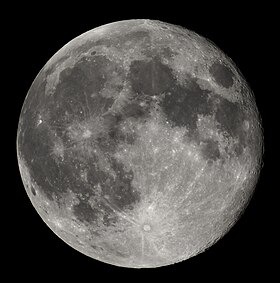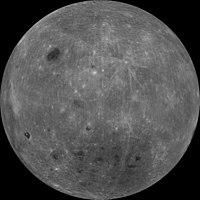In Roman mythology, Diana was the goddess of the hunt, being associated with wild animals and woodland, and also of the moon. In literature she was the equivalent of the Greek goddess Artemis, though in cult beliefs she was Italic, not Greek, in origin. Diana was worshipped in ancient Roman religion and is currently revered in the religions of Religio Romana Neopaganism and Stregheria.
Along with her main attributes, Diana was an emblem of chastity. Oak groves were especially sacred to her. According to mythology, Diana was born with her twin brother Apollo on the island of Delos, daughter of Jupiter and Latona. Diana made up a trinity with two other Roman deities: Egeria the water nymph, her servant and assistant midwife; and Virbius, the woodland god.
In the arts
Since the Renaissance the mythic Diana has often been expressed in the visual and dramatic arts, including the opera L'arbore di Diana. In the sixteenth century, Diana's image figured prominently at the Château de Fontainebleau, in deference to Diane de Poitiers, mistress of two French kings. At Versailles she was incorporated into the Olympian iconography with which Louis XIV, the Apollo-like "Sun King" liked to surround himself.
There are also references to her in common literature. In Shakespeare's play, Romeo and Juliet, many references are made to Diana. Rosaline, a beautiful woman who has sworn to chastity, is said to have "Dian's wit". Later on in the play, Romeo says, "It is the East, and Juliet is the sun. Arise fair sun, and kill the envious moon." He is saying that Juliet is better than Diana and Rosaline for not swearing chastity. Diana is also a character in the 1876 Leo Delibe ballet 'Sylvia'. The plot deals with Sylvia, one of Diana's nymphs and sworn to chastity and Diana's assault on Sylvia's affections for the shepherd Amyntas.
In Jean Cocteau's 1946 film La Belle et la Bête it is Diana's power which has transformed and imprisoned the beast.
In literature
In comic book lore, the character of Wonder Woman who hails from Paradise Island which is rich in Greek mythology is written to be a descendant of the Gods, and named after the moon goddess, Diana.
Diana, like many aspects of mythology, is depicted in the comic books Asterix. In the Roman temples, many times a statue of Diana can be seen in the background, depicted as a well rounded lady, usually sitting on a stag, who appears to be suffering.
In language
Both the Romanian word for "fairy", zânǎ[6] and the Asturian word for "water nymph", xana, seem to come from the name of Diana.




